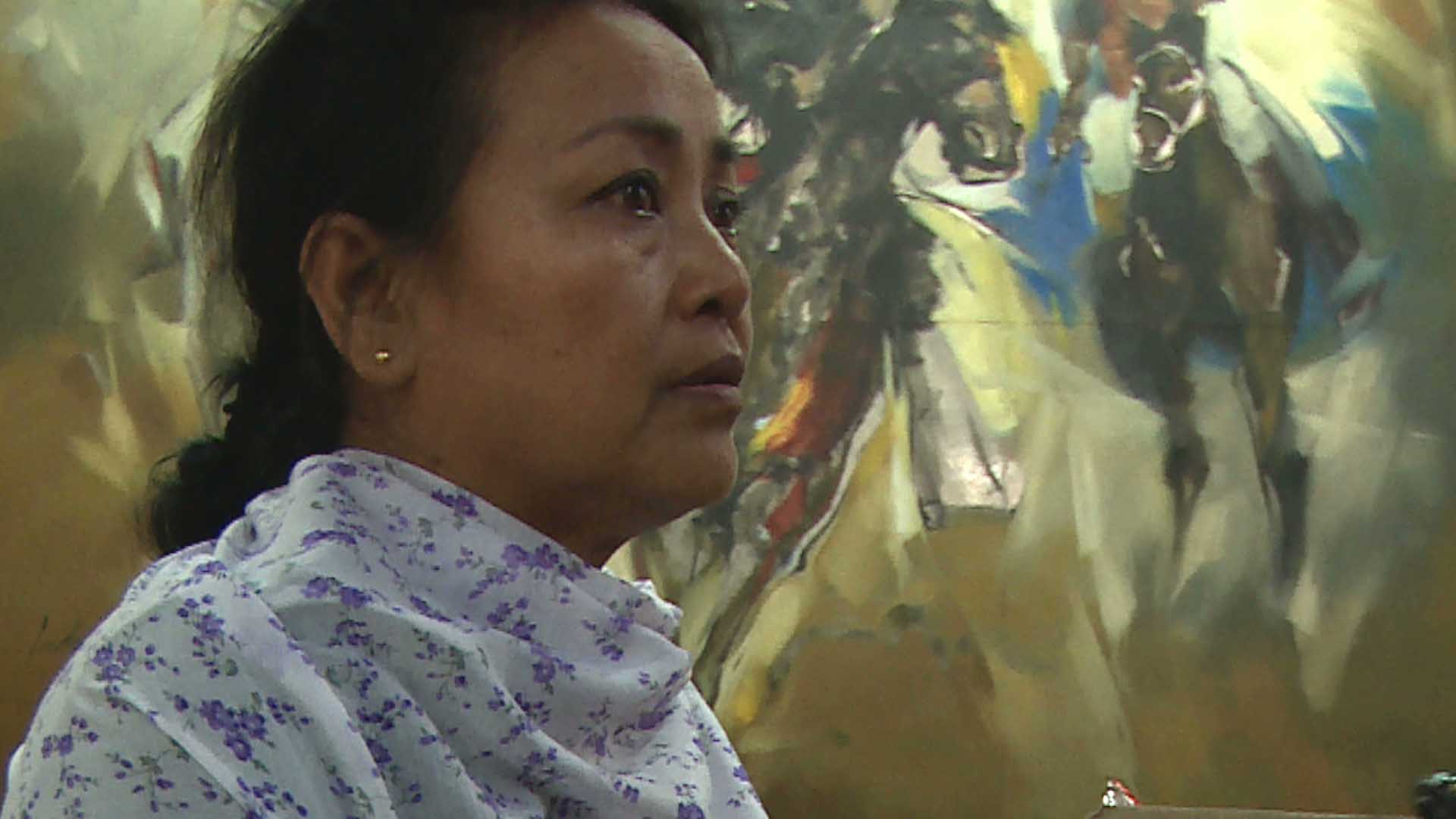The Films Division under the Government of India’s Ministry of I&B has a certain genealogy that has been in a constant search of cinematographic forms that would make the body of the films handsome and at the same time accessible to the audiences at large. Right from its inception soon after India’s independence, the Films Division has been very interestingly mixing the utilitarian with the experimental, educational with informational. This unique tradition saw its upsurges during the ‘60s (e.g. the works of Pramod Pati, S.N.S. Sastry, Vijay B.Chandra), Joshy Joseph’s cinematographic oeuvre robustly carries further this tradition. His latest short film Manipur Mindscapes (2021, 24 mins) which is part of the Films from the North-East section presented at 17th edition of the MIFF 2022.

Manipur Mindscapes is a film like an Indian classical music, Hindustani or Carnatic, if you are familiar with a raga, you can enjoy it deep within the resonances of its notes, if you don’t, you still draw rasānubhava, a sensuous experience of the rasa of a rāga at the level of its sonic elaboration. For example, if your ear is alert enough, on the film’s soundtrack you will hear the ‘Guru Mantra’ of the Manipuri martial art teacher whom you can see through your ‘ear’. It is the theatre actor Lamja Tomba to whom the director of the film Manipur Mindscapes poses his questions to. Tomba had acted in the first Manipuri film Matamgi Manipur (The Times of Manipur), the first full-length Manipuri feature film directed by Debkumar Bose, released in 1972.
In Joshy Joseph’s short film we see the opening of the screen and later the closure, a physical act in itself but there spirituality is embedded within it. While practicing the Manipuri martial art called ‘Thang-Ta’,the teacher had employed certain oral elements with the physical but in the manner transcendental, into the divine and the unknown as we hear the church bells and the choir chants.
In its quest, the film weaves the local fable of the Horse and Tortoise, young boy dreams of becoming a Polo player and a school going girl in a drawing contest, draws a Polo horse, on these images you hear the subdued recurring resonances of the Guru Mantra that the film had begun with. Mindscape is a continuum of a human desire for happiness and selfhood. This 24-mintue film is quite nuanced layered in its temporalities; the young rickshaw driver with his face hidden with cloth would immediately remind you with the Covid19 days with ubiquitous masks. But the image can carry other interpretations too. A good work of art always provokes you to multiple perceptions and hence the experiential layers of explore. This particular scene is actually from the director’s national award winning Films Division film Wearing the Face made over two decades ago. As the director says, “It is an image which I revisited while shooting in Manipur when Indian Cinema turned 100.” In those turbulent times many college students in Manpur were plying rickshaws after attending their colleges, and to hide their identity they wore face masks.


The film also becomes a tutorial of sort when the director presents a question to the guru that refers to the difference between his acting on stage and on screen. Showing a long scar on his face, the guru says to his dislike that the scar would be seen by people on screen. This reminds me of what Sohrab Modi, the thespian on stage and on screen said, “[…] the nine-inch face is blown up on the 26-feet screen and it is seen from various angles.” [Sohrab Modi: The Great Mughal of Historicals, Amrit Gangar, New Delhi: Wisdom Tree, 2008] The film’s unstated subtitle ‘Dreams and Scars’ unfolds here further as a memory, individual and collective, political and cultural. Like a true work of art, the short film Manipur Mindscapes creates suggestive poetics (vyanjana) for the rasika, the connoisseur.
What is most poignant is the way Manipur Mindscapes moulds its narrative into an ellipsis of the return of the terracotta Tortoise sold for INR 40 by the artisan woman that is resold for INR 2500 by a profiteering trader but the Tortoise returns as a prize to the woman’s daughter in a drawing contest in her school. On the mask-less face of her mother, melancholy writs large, as if the invisible Wheel of Time has turned a full circle. Manipuri potter sculpts without the wheel as dreams get produced through sounds, reveries through resonance on the fabular firmament and the film Manipur Mindscapes turns into a sonic chhand!
Video link to the film is available here here










